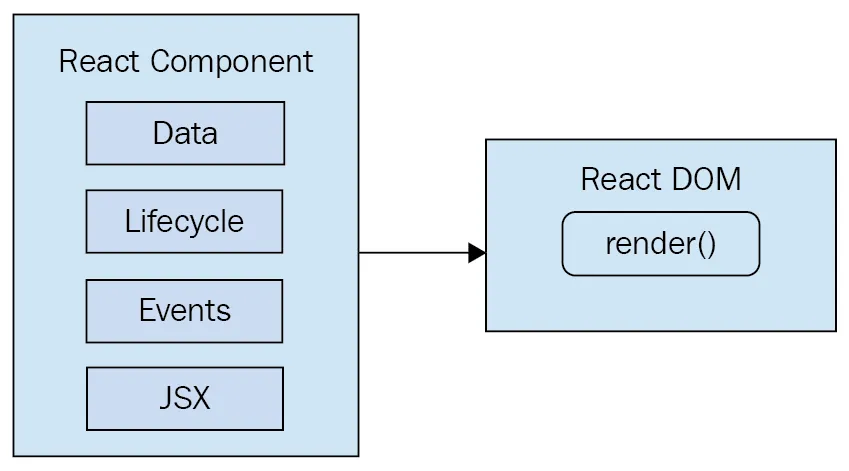
React and React Native
A complete hands-on guide to modern web and mobile development with React.js, 3rd Edition
Adam Boduch, Roy Derks
- 526 pagine
- English
- ePUB (disponibile sull'app)
- Disponibile su iOS e Android
React and React Native
A complete hands-on guide to modern web and mobile development with React.js, 3rd Edition
Adam Boduch, Roy Derks
Informazioni sul libro
Get up to speed with React, React Native, GraphQL and Apollo for building cross-platform native apps with the help of practical examples
Key Features
- Covers the latest features of React such as Hooks, Suspense, NativeBase, and Apollo in this updated third edition
- Get to grips with the React architecture for writing easy-to-manage web and mobile applications
- Understand GraphQL and Apollo for building a scalable backend for your cross-platform apps
Book Description
React and React Native, Facebook's innovative User Interface (UI) libraries, are designed to help you build robust cross-platform web and mobile applications. This updated third edition is improved and updated to cover the latest version of React. The book particularly focuses on the latest developments in the React ecosystem, such as modern Hook implementations, code splitting using lazy components and Suspense, user interface framework components using Material-UI, and Apollo. In terms of React Native, the book has been updated to version 0.62 and demonstrates how to apply native UI components for your existing mobile apps using NativeBase.
You will begin by learning about the essential building blocks of React components. Next, you'll progress to working with higher-level functionalities in application development, before putting this knowledge to use by developing user interface components for the web and for native platforms. In the concluding chapters, you'll learn how to bring your application together with a robust data architecture.
By the end of this book, you'll be able to build React applications for the web and React Native applications for multiple mobile platforms.
What you will learn
- Delve into the React architecture, component properties, state, and context
- Get to grips with React Hooks for handling functions and components
- Implement code splitting in React using lazy components and Suspense
- Build robust user interfaces for mobile and desktop apps using Material-UI
- Write shared components for Android and iOS mobile apps using React Native
- Simplify layout design for React Native apps using NativeBase
- Write GraphQL schemas to power web and mobile apps
- Implement web and mobile components that are driven by Apollo
Who this book is for
This book is for any JavaScript developer who wants to start learning how to use Facebook's UI libraries, React and React Native, for mobile and web application development. Although no prior knowledge of React is needed, working knowledge of JavaScript programming will help you understand the concepts covered in the book more effectively.
Domande frequenti
Informazioni
- Chapter 1, Why React?
- Chapter 2, Rendering with JSX
- Chapter 3, Component Properties, State, and Context
- Chapter 4, Getting Started with Hooks
- Chapter 5, Event Handling – the React Way
- Chapter 6, Crafting Reusable Components
- Chapter 7, The React Component Life Cycle
- Chapter 8, Validating Component Properties
- Chapter 9, Handling Navigation with Routes
- Chapter 10, Code Splitting Using Lazy Components and Suspense
- Chapter 11, Server-Side React Components
- Chapter 12, User Interface Framework Components
- What is React?
- React Features
- What's new in React?
What is React?
React is just the view layer

Simplicity is good

- The React Component API: These are the parts of the page that are actually rendered by React DOM.
- React DOM: This is the API that's used to perform the actual rendering on a web page.
- Data: This is data that comes from somewhere (the component doesn't care where), and is rendered by the component.
- Lifecycle: This consists of methods or Hooks that we implement to respond to the component's entering and exiting phases of the React rendering process as they happen over time. For example, one phase of the lifecycle is when the component is about to be rendered.
- Events: These are the code that we write for responding to user interactions.
- JSX: This is the syntax of React components used to describe UI structures.